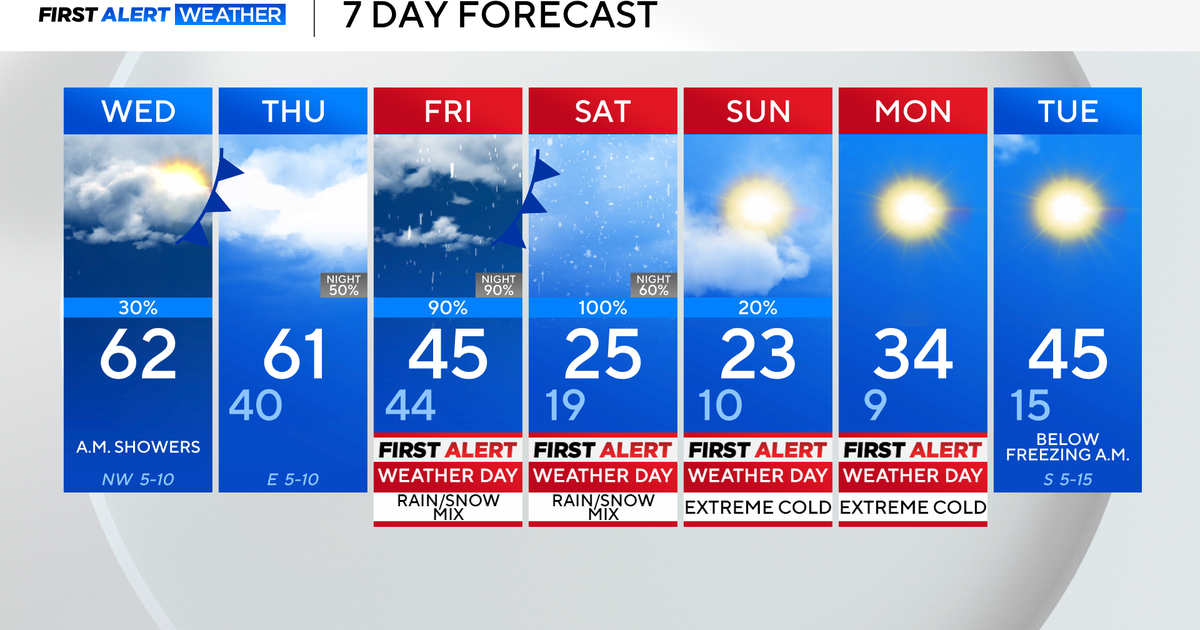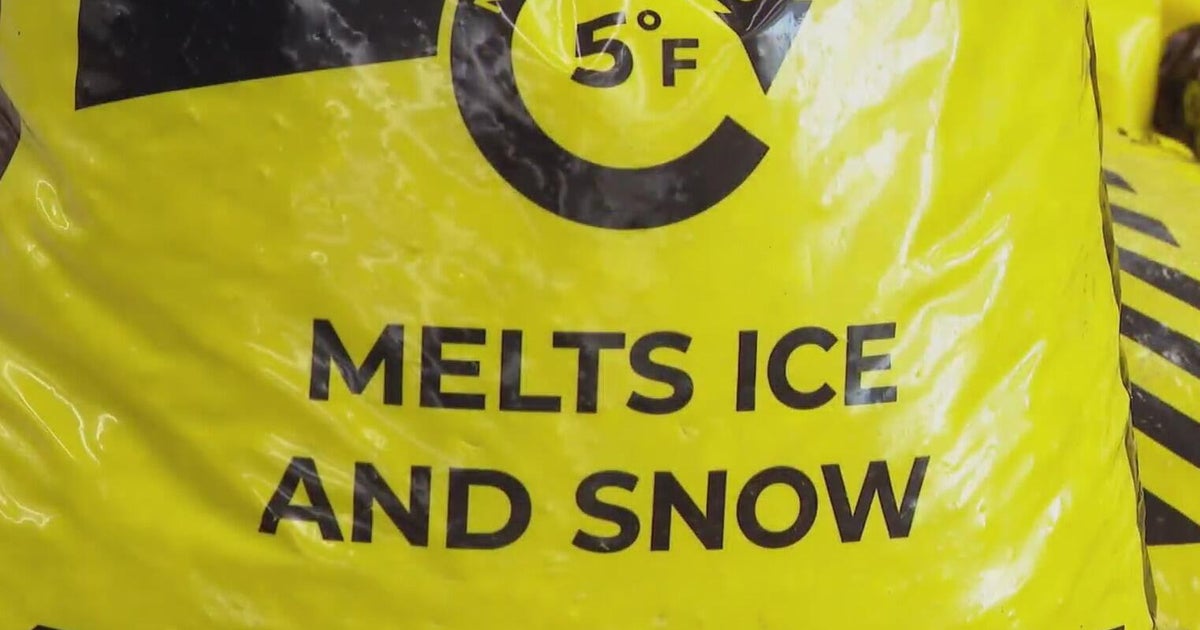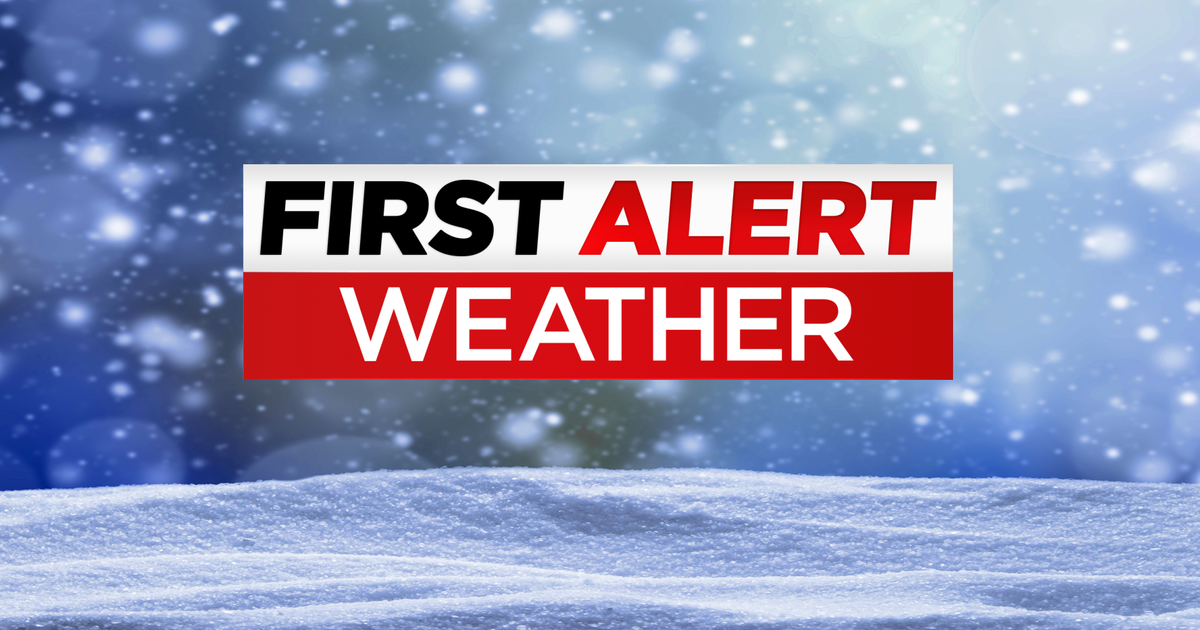Spring storm: How the snow melt could cause flooding in valley
COLFAX - The spring storm is causing concern for spring flooding in the valley.
Low elevations like Colfax got snow on Tuesday, and the conditions shut down I-80 in both directions at one point due to multiple spinouts. Some people say putting on chains is getting old.
"I think we have reached a point that it needs to stop," said Gaylon Jones who was traveling on I-80 on Wednesday.
"Eventually when it does warm up, and it will warm up eventually, we will see that snow eventually melt and go into the reservoir and stream systems," said Scott Rowe, a senior service hydrologist for the National Weather Service Sacramento.
When it does, could the snow melt cause spring flooding in the valley? Rowe said the answer is yes.
"The biggest thing we are going to have to take a look at is how fast that snow melts," Rowe told CBS13.
Rowe said San Joaquin and Stanislaus are both in danger of a heightened flow.
"There is still the potential that we could get wet weather on top of the snowmelt," said Rowe. "The combination of run-off, precipitation and snow melt would combine together and result in a heightened flow."
The levee in San Joaquin already has some boils and seepage. That is why the state is making repairs to it plus monitoring how much more water is coming.
"They are releasing water for current run-off and long-term run-off," said Reclamation District 2064 engineer Dan Eavenson. "One of the concerns is how high and for how long. We do not know that yet."
Sacramento reclamation districts are also keeping a close eye on the Cosumnes River, but the fact that ski resorts will be open through June, maybe even July, makes them feel more confident that a sudden melt won't happen.
"The best thing people can do is just know where they live, know if they are in a flood plain, know if they are near a levee," said Rowe.
Rowe adds that the snowiest year on record in California was 1982-1983 when it was about 200-250% of the April 1 normal. The Central and Southern Sierra are already beating that this year.
"Right now, the state is sitting at 227% of normal," said Rowe. "If we look back just last year, we were sitting at 38% of normal."
Northern California is expecting to see below-average temperatures for at least the next week, so it will take some time until all the snow starts to melt. Then we will see the impact it really has on the valley.
"It is almost April," said Jones. "It is time for spring."







